Do you love the nutty, peppery flavor of arugula in salads or on top of your favorite dishes?
Are you looking for a healthy substitute for arugula that can provide the same nutritional boosts at the grocery store? If so, then look no further!
Several greens are available with flavors and textures akin to arugula while still providing a good source of essential vitamins and minerals.
In this blog post, we’ll explore options for substituting different types of lettuce (or other leafy greens) when fresh arugula isn’t available.
What Is Arugula?
Arugula is a leafy green vegetable with Mediterranean origins. It is often referred to as a rocket or garden rocket.
It can be used raw in salads or cooked in various cuisines and has a strong, peppery flavor.
Arugula is rich in vitamins A and C, folate, calcium, iron, and other minerals, making it a nutritious addition to any diet.
The leaves can be used in a variety of ways in cooking.
It is often added to salads raw, but it can also be lightly cooked and used as a base for various dishes.
Arugula can be sautéed with other vegetables or mixed into pasta or risotto.
It can also be used as a topping for pizza or bruschetta.
It is commonly used to add a peppery flavor to dishes, and it pairs well with garlic, lemon juice, olive oil, Parmesan cheese, and other rich ingredients.

Substitutes For Arugula
There are several options if you’re looking for an alternative to arugula in recipes.
Dandelion Greens
Dandelion greens are a leafy green vegetable used in traditional medicine for centuries.
They are packed with magnesium, calcium, potassium, iron and vitamin A nutrients.
The leaves can be cooked like spinach or eaten raw in salads.
They have a slightly bitter taste and can be an acquired but delicious taste when cooked correctly.
[display-posts id=”2211″ image_size=”thumbnail” posts_per_page=”1″]
Dandelion greens can be a great substitute for arugula in salads or as a side dish.
They don’t have the same peppery flavor as arugula but offer other nutritional advantages.
They are much higher in calcium than arugula and contain more iron and Vitamin A.
They are also a great source of antioxidants which can help fight off disease and infection.
Additionally, dandelion greens are much more affordable than arugula, making them a great choice for those on a budget.
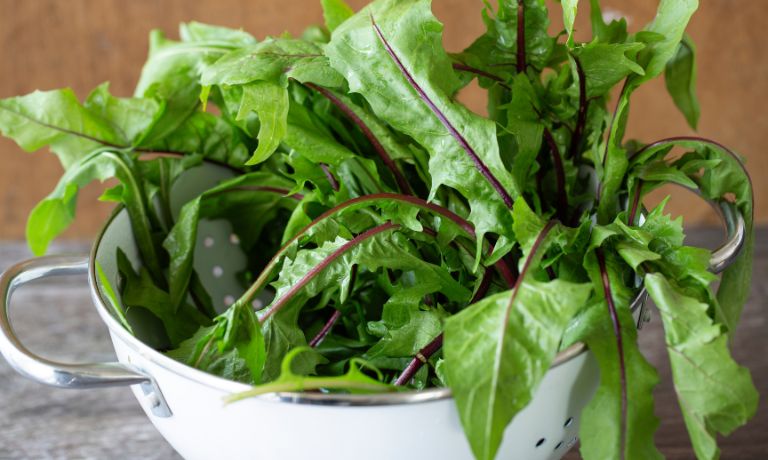
Romaine Lettuce
Romaine lettuce is a type of lettuce that is widely available in supermarkets and grocery stores.
It has a crisp texture and is typically used in salads and other dishes.
The romaine leaves are broader than those of arugula but have a similar spicy, peppery flavor.
Romaine lettuce also has more crunch than arugula, which makes it an ideal substitute for dishes that require a crunchy texture.
Also, romaine lettuce is packed with vitamins and minerals, making it a nutritionally sound choice compared to arugula.
It is a nutritious, flavorful, and crunchy replacement that can add to any dish’s overall taste and texture.
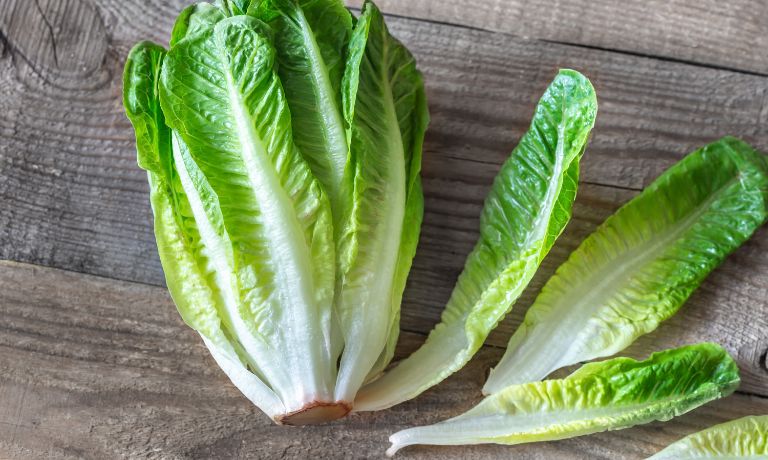
Baby Spinach
Baby Spinach is a leafy green vegetable known for its sweet, mild flavor and soft texture.
Unlike Arugula, which has a slightly bitter taste, Baby Spinach has no distinct flavor.
[display-posts id=”2608″ image_size=”thumbnail” posts_per_page=”1″]
It also contains high levels of vitamins A and K, calcium, and iron-all essential nutrients for a healthy diet.
The mild flavor of Baby Spinach also makes it the perfect addition to any dish that you wouldn’t want to overpower with Arugula’s distinct taste.

Baby Kale
Baby kale is a type of leafy green vegetable that is related to regular kale.
It has much smaller leaves, a milder flavor, and is much more tender than regular kale.
The small size and tenderness of baby kale make it a great alternative to arugula in salads or other recipes that call for this flavorful ingredient.
Baby kale is also packed with vitamins, minerals, and nutrients that can benefit your health.
It has a great crunchy texture resembling arugula and is much easier to prepare than its larger counterpart.
Additionally, baby kale does not require as much cooking time as regular kale and can add a unique flavor to salads or sandwiches.
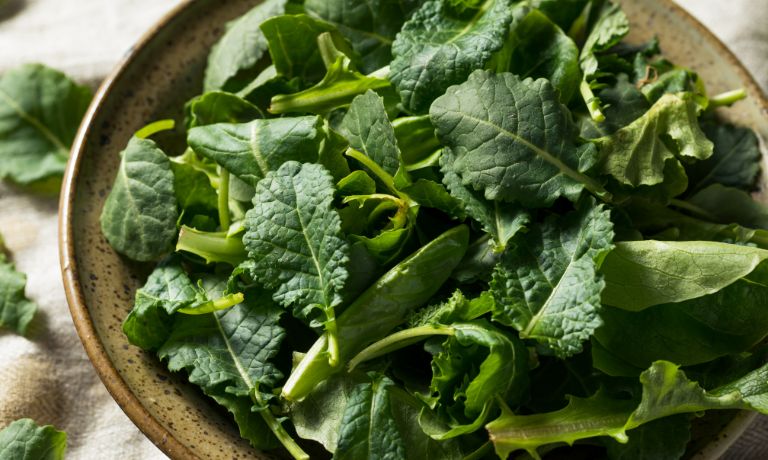
Frisée
Frisée, or curly endive, is a green leafy vegetable with distinctive frilly leaves.
It looks similar to Arugula but has a subtle, slightly bitter flavor.
The leaves can be used in salads or cooked down in soups and stews.
[display-posts id=”2479″ image_size=”thumbnail” posts_per_page=”1″]
Its crunchy texture makes it an ideal substitute for Arugula in salads, adding a pleasant texture to the mix.
Frisée can also be used instead of Arugula as part of a salad mix.
The leaves’ bitterness pairs nicely with sweet ingredients like carrots, apples, and oranges and contrasts nicely with creamy dressings such as ranch, Caesar, or Italian.
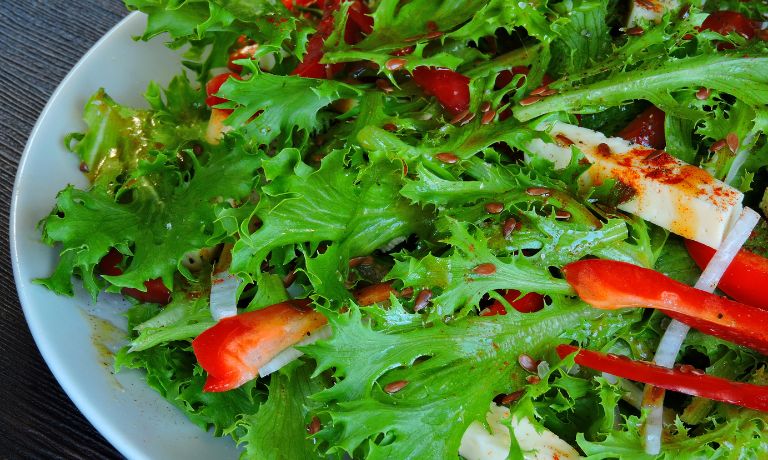
Watercress
Watercress is an edible, leafy green plant with a pungent flavor and crunchy texture.
It is related to Arugula and has been used as a substitute for the latter in salads, soups, sandwiches, and other recipes.
Watercress is rich in essential vitamins such as vitamins K, C, A and E and minerals such as calcium, iron, magnesium, zinc and potassium.
It also contains several antioxidant compounds that can reduce inflammation and fight against oxidative damage.
Watercress is a good source of fiber which aids in digestion, lowers cholesterol levels and helps to control glucose levels in the blood.
[display-posts id=”2762″ image_size=”thumbnail” posts_per_page=”1″]
Additionally, its high content of carotenoids helps protect against certain types of cancer, and its high iron content is a great energy source.
Watercress can be used as an alternative to Arugula in many recipes due to its milder flavor, crunchy texture, and nutrient-rich benefits.
It can also be steamed or boiled to soften before adding to salads and other dishes.
However, due to its delicate nature, it should be consumed shortly after harvesting or preparation for maximum nutrient content and flavor.
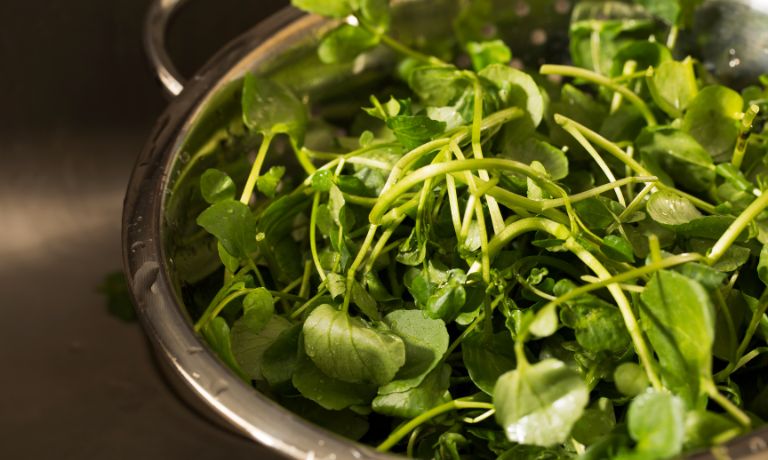
Radicchio
Radicchio is a leafy vegetable used as an ingredient in salads, sandwiches, and Italian dishes for centuries.
It is commonly known by its scientific name, Cichorium intybus.
Radicchio has a bittersweet flavor that can be balanced with other ingredients to create a delicious meal.
It is rich in dietary fiber, vitamins A and C, calcium, iron, potassium, and magnesium.
[display-posts id=”2962″ image_size=”thumbnail” posts_per_page=”1″]
It also contains flavonoids that can aid in digestion and reduce inflammation.
Radicchio and Arugula have similar flavors but the texture of radicchio is slightly crunchier than Arugula.
Radicchio is also much easier to prepare, as it only needs to be washed and trimmed before it can be eaten.
Furthermore, radicchio is cheaper and more widely available than Arugula in many grocery stores.
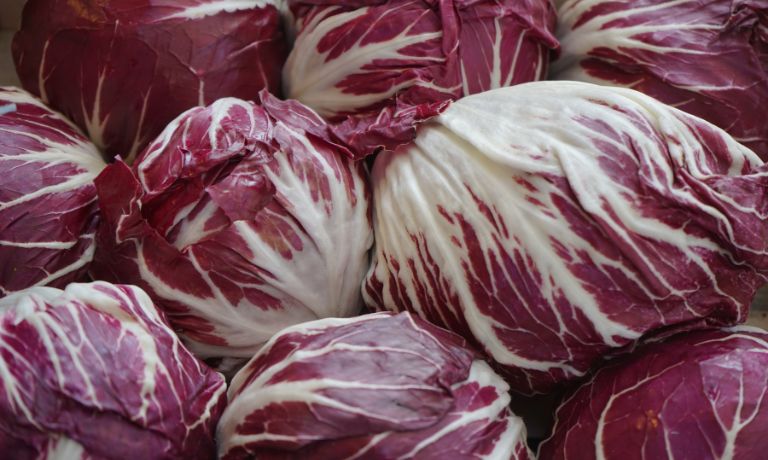
FAQs
What Recipe Calls For Arugula Most Frequently?
Arugula is often used in salads, soups, and topping for pizzas. It can also be cooked as a side dish or added to wraps and sandwiches.
Can I Substitute Parsley For The Arugula?
Yes, Parsley is a great alternative to Arugula.
The taste and texture are similar, providing a more subtle flavor than traditional Arugula.
Are Watercress And Arugula The Same In Flavor?
No, watercress and arugula have different flavors.
Watercress has a mild peppery flavor, while arugula has a slightly peppery and nutty taste.
Both are packed with nutrients like vitamin K, iron, and calcium. However, the nutritional values vary between the two greens.
Can You Substitute Kale For Arugula?
Yes, you can substitute kale for arugula in many recipes. Kale has a milder flavor than arugula and is slightly more nutritious.
However, it may not provide the same peppery taste that arugula does.
For best results, use a combination of both greens for optimal nutrition and flavor.
Conclusion
Arugula is a popular ingredient in salads, sandwiches, and other dishes for its distinctive flavor and nutrient-rich benefits.
Baby kale, frisée, watercress and radicchio can all be used as Arugula substitutes.
Each of these vegetables has its unique flavor and texture, and they all offer a variety of health benefits.
Before use, be sure to wash them thoroughly to remove any dirt or pesticides that may be present.
Enjoy exploring the different flavors and textures offered by these alternative ingredients!

